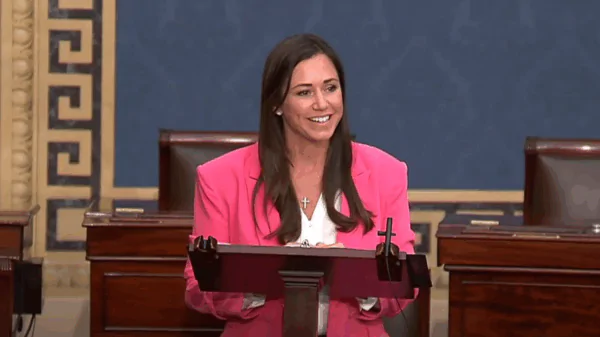By Josh Moon
Alabama Political Reporter
The Alabama graduation rates were “misreported.”
That was the official line from the Alabama Department of Education last week, as officials there were forced to finally announce what they’ve known for years.
That Alabama’s graduation rates are bogus.
Don’t be fooled by the claims of surprise from anyone. Not from State School Board members. Not from the Governor, who is a board member. No one.
Because they were all provided this information way back in 2012.
I know this because I’m the one who provided it.
In a number of interviews for newspaper stories, I explained to officials at ALSDE in detail how this was being done across the State and asked for their plans to correct it. I reported it to all who would read for months, if not years.
But I’m going to lay this out for you – again. Now that everyone seems to be paying attention.
The biggest fraud, ALSDE officials said, came from the individual systems, which were misstating student records and awarding diplomas that were not earned, according to an ALSDE press release.
What drew the US Department of Education’s attention to Alabama’s graduation rates was a remarkable 17-percentage point increase between 2011 and 2015, despite no correlating increase in other benchmarks.
How it happened is fairly easy to figure out.
In 2011, Alabama started a variety of programs, including grade and credit recovery programs, to help cut its dropout rates. The recovery courses allow students to quickly retake a portion of a course or a portion of a course that he or she has failed.
These courses are supposed to be closely monitored and strict guidelines are in place that dictate which students are eligible, how much course credit they can receive and whether they’ve learned the required material.
Despite those guidelines, the courses have been abused from the start by overburdened teachers and administrators who are under pressure to show improvements in classroom failure rates and increase graduation rates.
The stories I wrote in 2012 focused on the Montgomery County system and its recovery system fraud, along with the outright changing of grades. Montgomery educators who should know better were participating in what ALSDE deemed “systemic” fraud, including handing out grades to students in borderline-bogus recovery courses.
Students in those courses often failed to meet requirements, did little to no work, often failed the work they did and received grades that were more than the maximum recovery grades allowed. The teachers from the students’ original course often refused to sign off on the recovery slips and were threatened with suspensions or were reassigned in the system as a means of retaliation.
This happened at R.E. Lee High, Jeff Davis High and Sidney Lanier High. It was documented. It was clear.
And it was even more appalling than it seems.
At Lanier, when the data entry clerk refused to input the phony recovery forms that lacked the teachers’ signatures, she was suspended by the principal. When she went to the central office to complain about her mistreatment, she was removed from suspension and ordered to follow her principals’ instructions – something she still wouldn’t do until she received written instructions to violate the rules and award grades that would ultimately provide a worthless diploma to a student.
Here’s how bad things were: that Lanier principal, Michael Gibbs, provided those written instructions.
Even worse: Gibbs, and all but two of the seven MPS administrators who participated in these schemes, is still working in the system today. Gibbs is listed as an assistant principal at a middle school.
Why?
Because the state failed on a spectacular level to prove their participation in the grade-changing fiasco, despite witnesses and evidence galore.
And the reason it failed so spectacularly is because, given the way this recovery system operates, it’s almost impossible to hold a teacher or administrator accountable for toying with it. Because that’s sort of the idea.
It’s no coincidence that graduation rates started to skyrocket the year after the program was implemented.
But here’s the worst part. In Montgomery and Selma, the students who were most often provided the inflated recovery grades were the student enrolled in alternative courses.
The bad kids. The problem kids. The kids who disrupted classes. The kids with learning disabilities.
The problem is, more often than not, those are also the kids who lack any form of guidance at home, who live in poverty so severe you can’t imagine it and who have one chance – and only one chance – to make it in this world.
That’s by receiving a quality education.
Alabama schools robbed those kids of that. And now a whole bunch of people are pretending they didn’t know.





















































